 EMAIL
EMAIL


In medicine, electronics, food, aerospace, bioengineering, precision processing and other fields, the ambient air in the relevant production process needs to achieve high cleanliness and meet the relevant industry standards. For example, the pharmaceutical industry needs to meet GMP standards. Customers generally use particle counters to detect the working environment. The domestic related testing equipment needs to meet the technical requirements of the JJF1190-2008 "Dust Particle Counter Calibration Specification" promulgated by the State Administration of Metrology in China.
In the past, customers only used hand-held particle counters to do cleanliness inspections in the relevant areas of the operating plant during project acceptance. After the project is accepted and put into use, only regular manual inspections will be arranged. This practice will bring a series of problem.
1. Increasing the clean cost of the enterprise.Manual monitoring will bring additional personnel and equipment to the clean workshop and increase the clean cost. In order to ensure the continued reliability of the clean room operating environment, some companies will continue to operate FFU fans at high power for a long time. This will not only speed up the consumption of filters and fans, but also result in energy waste.
2. Lacking the fixity of sampling point and sampling time for manual monitoring.Under manual operation, it is difficult to ensure that the positions for the two sampling points before and after are at the same point, and the sampling time cannot be guaranteed the relative or absolute same on different shifts or dates. Therefore, it is difficult to generate a relative relationship between the monitoring data, and there is no comparability, which is not conducive to judging the long-term trend of the system operation.
3. Regular testing cannot cover all risks of excessive pollution.In the production process, the environment is often changed. The entry and exit of raw materials, personnel replacement and product changes will affect the cleanliness of the clean room. In general the working environment meets the requirements at the beginning, but the number of particles will be found to exceed the standard at the end. Since manual monitoring cannot provide continuous monitoring data, it is impossible to estimate the exact time when the system has deviated from the specified required working conditions. So it is difficult to know the product quality situation. This goes against the original intention of ensuring clean room air quality and thereby improving product quality.
1. Standard requirements for online monitoring.In terms of hardware requirements, the new version of GMP has improved the standards of some production conditions and increased the requirements for online monitoring, especially for the static and dynamic monitoring of suspended particles (suspended particles in the production environment), and have made detailed monitoring regulations for the planktonic and sedimentation bacteria, surface microorganisms and surface microorganisms in production environment.
2. Realize intelligent automatic control without manual control.The online particle counter can monitor the number of suspended particles in the clean room in real time and alarm for abnormal situation in time; and intelligent connection with purification equipment such as FFU fans, and always help to maintain the number of suspended particles in the environment within the lower range required by the standard. In this way, its energy consumption and equipment loss will be controlled at a low level.
3. Cover the entire production process to reduce pollution risks.7*24 hours of continuous and uninterrupted monitoring can ensure that products are free from contamination during the entire production process and improve product quality.
1. Requirements for service life under continuous and uninterrupted operation.
Traditional hand-held equipment mostly uses air pumps for sampling, and the life of air pumps is generally only a few thousand hours, so the cost is relatively higher, and the noise is relatively larger. Moreover, the air pump will have mechanical wear after a period of operation, which will affect the detection performance.
2. Requirements for data stability and reliability under continuous and uninterrupted operation
During the long-term operation of the particle counter, the measurement accuracy will drift due to the aging of the light source and the wear of the sampling gas pump. Since the handheld particle counter can be calibrated with a zero adjuster before each use, the online particle counter cannot achieve frequent zero adjustment due to the limitation of the installation position. This requires the online particle counter to be the maintenance-free.
3. Multi-point distributed installation, requirements for equipment system and construction installation.
The clean room online monitoring system is a set of online monitoring and management system for real-time monitoring of the cleanliness of the clean area, which manages multiple sensors in the clean room. Including remote control, data storage, historical data query, data analysis and trend chart. When the monitored area exceeds the limit value, the system will automatically alarm.
With more than 10 years of research and innovation in light scattering technology, Cubic has launched laser particle counting sensors PM5000S and PM3003NS, as well as online particle counters OPC-6500F and OPC-6303P, which can be widely used in the pharmaceutical industry, electronics industry, food hygiene industry, Optoelectronic engineering and aerospace industry, etc.
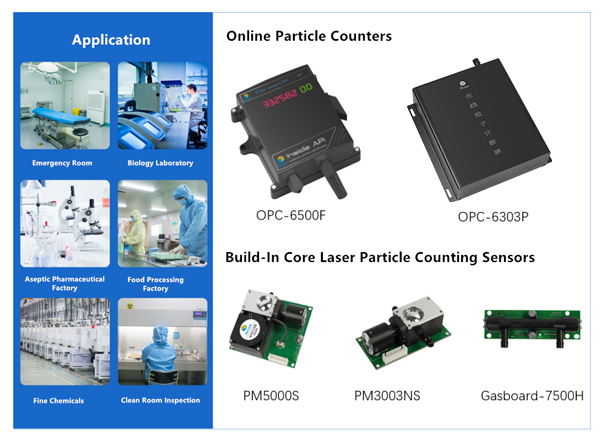
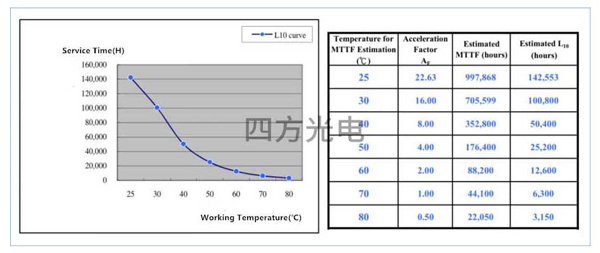

Figure 2: Schematic diagram of the internal structure of the online particle counter OPC-6303P
3. The data is accurate, and the linear correlation with the Lighthouse equipment is R2>0.9.
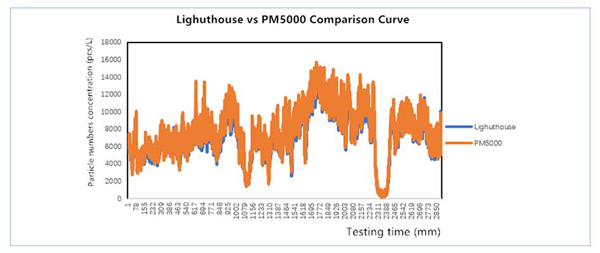
Figure 3: Comparison chart of measured values between PM5000 and Lighthouse equipment
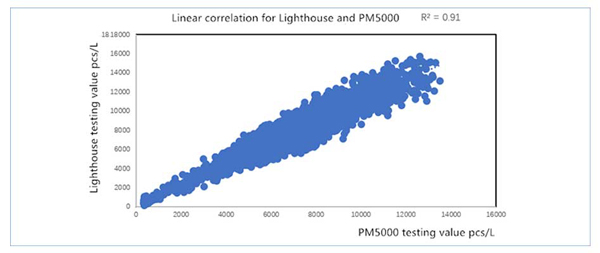
Figure 4: PM5000 and Lighthouse equipment linear correlation analysis chart
4. Comply with JJF 1190-2008 dust particle counter calibration specification.
The detection performance of Cubic particle counter meets the technical requirements of the JJF1190-2008 "Dust Particle Counter Calibration Specification" promulgated by the State Administration of Metrology. At the same time, our company can also provide enterprise users with core particle counting sensors and solutions to assist customers through the complete machine Metrology certification.
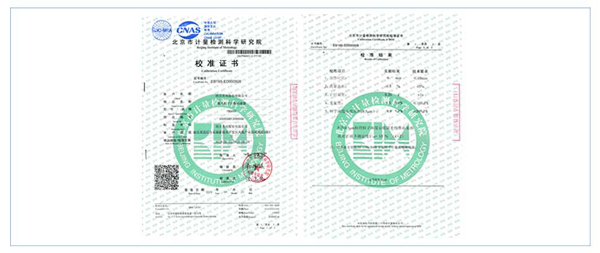
Cubic on-line particle counter can monitor the number of dust particles and other environmental parameters in real time (flexibly customized according to customer needs), decentralized multi-point sampling of multiple measurement areas in a controlled environment, centralized data processing, and automatic monitoring, and complete data storage, analysis and management through self-developed host computer software.
1. The method of system deployment.
The installation position of the online particle counter is more flexible than the sampling point of the handheld particle counter. Firstly it is necessary to determine the key area by simulating the actual production process (such as drug filling), and then determine the installation position of the dust particle counter sampling head through the static measurement and dynamic measurement results of the candidate particle sampling points in the selected key area.
2. Multi-point online monitoring networking.
The monitoring results of different monitoring points in the clean room are uploaded to the central processing unit through RS485 communication, and the detection results of each point are judged in real time whether they meet the requirements of the clean room level or not. You can also set up a screen at each monitoring point, and you can know the cleanliness of each monitoring point in real time. RS485 communication adopts a two-wire connection method. Compared with other communication methods for its noise suppression ability, data transmission rate, available cable length and transmission reliability, the signal is more stable and reliable.
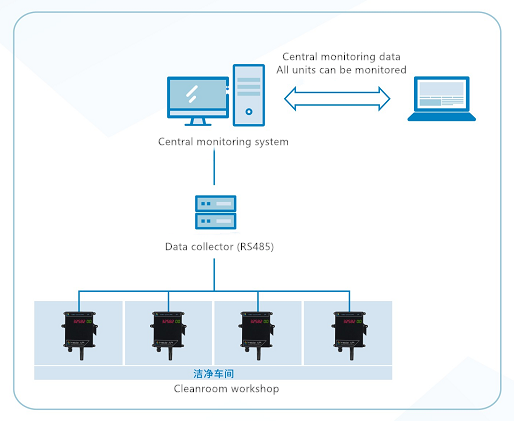

Figure 3: Left: Schematic diagram of the clean room online monitoring system. Right: OPC-6500F site installation photos
3. The system realizes remote monitoring.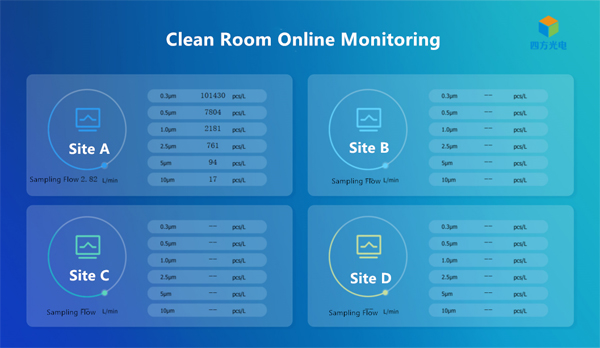
Figure 4: Online monitoring system interface display
Cubic Sensor and Instrument Co., Ltd is a high-tech enterprise specializing in R&D, production and sales of gas sensors and gas analysis instruments. Based on non-dispersive infrared (NDIR) technology, light scattering detection (LSD) technology, ultrasound (Ultrasonic) technology, ultraviolet differential absorption spectroscopy (UV-DOAS) technology, thermal conductivity (TCD) technology, laser Raman (LRD) technology, Cubic has launched many types of gas sensing platforms , formed two major industrial ecology: gas sensors and gas analysis instruments and developed dozens of different products which are widely used in home appliances, automobiles, medical, environmental protection, industry, energy measurement and other fields at home and abroad.
Cubic Sensor and Instrument Co., Ltd is the first batch of intellectual property demonstration construction enterprises in Hubei Province. It has established the Hubei Province Gas Analysis Instrumentation Engineering Technology Research Center and the Hubei Province Enterprise Technology Center. Cubic has undertaken the national major scientific instrument and equipment development special projects, the Ministry of Industry and Information Technology Internet of Things development special projects and other national technologies development project. Till now, Cubic has obtained 105 Patents in total, including 34 domestic and foreign invention patents in China. In 2019 Cubic and its subsidiary Hubei Ruiyi are determined to be selected as a demonstration enterprise for the “one-stop” sensor industry application plan by the Ministry of Industry and Information Technology. Cubic won the "Most Influential IoT Sensor Enterprise Award" issued by China IoT Industry Application Alliance.
With long-term technology innovation, high product performance and international marketing vision, Cubic has obtained the recognition of many well-known domestic and foreign companies. Cubic gas sensors have obtained successful cooperation with global well-known brands such as Midea, Gree, Haier, Hisense, Xiaomi, Lake Electric, YuWell Medical, Philips, Daikin, Panasonic, FAW-Volkswagen, Valeo, Mahler, and Bosch, etc.
Cubic gas analysis instruments, based on the aforementioned core gas sensing technology, are widely used in various fields such as environmental monitoring, metallurgy, coal chemical industry, and biomass energy, and play an important role in energy saving and emission reduction. Cubic non-dispersive infrared gas sensors and portable infrared biogas analyzers, micro-fluid infrared flue gas analyzers, and infrared syngas analyzers have successively obtained national key new product certificates. Especially the infrared syngas analyzer won the Excellent Product Award of the Chinese Instrument and Meter Society, and its core technology won the Hubei Province Invention Patent Gold Award.